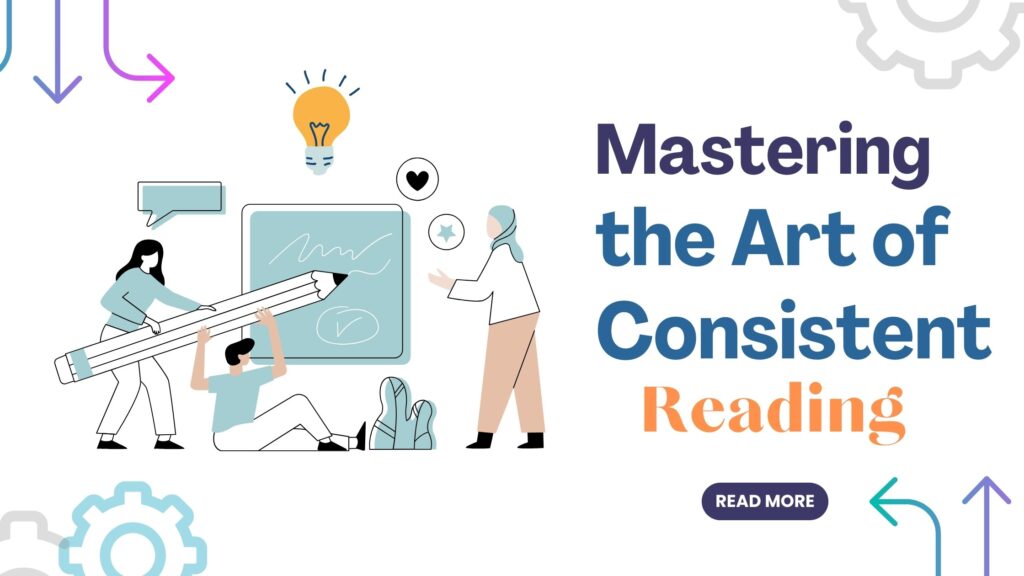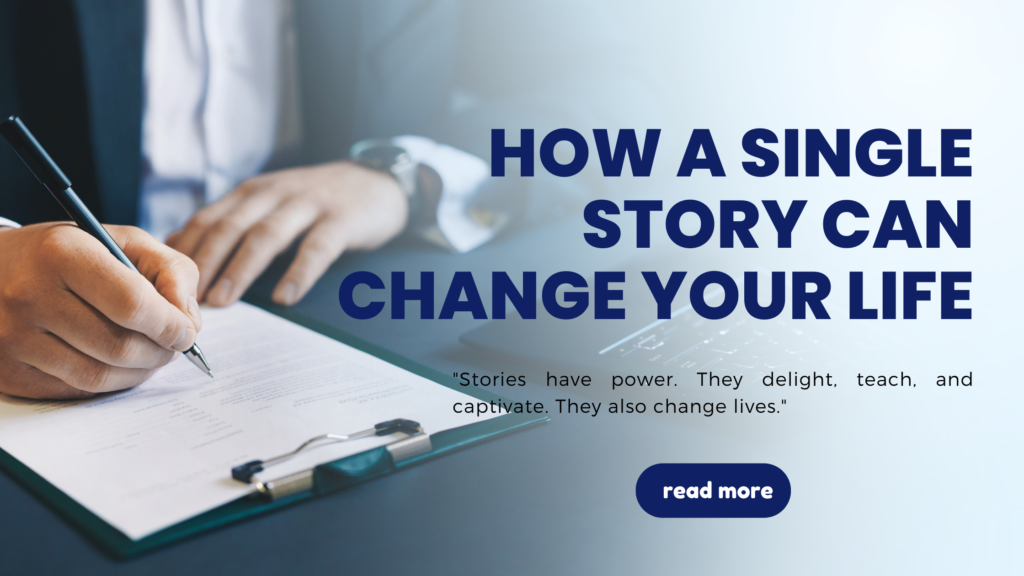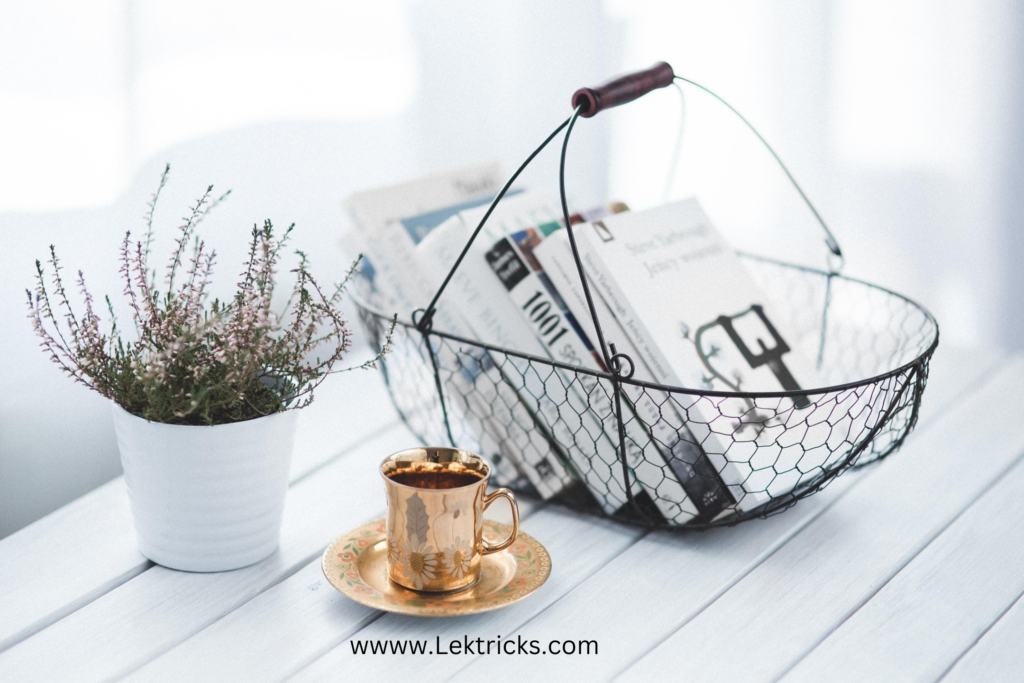Reading is an essential skill that everyone needs to master regardless of their profession or field of study. However, reading efficiently and effectively is not always easy. Many people struggle to comprehend and retain information, which can be frustrating and time-consuming. Fortunately, there are tips and tricks that can help improve reading skills and make the process more enjoyable.

One of the most important tips for efficient and effective reading is setting a goal before starting. Whether it’s to gain a specific piece of information or to understand a concept, having a clear objective in mind can help focus the mind and make the reading process more productive. Additionally, it’s important to find a quiet and comfortable place to read, free from distractions such as noise or electronic devices.
Another useful tip for efficient reading is to scan the text first before reading it closely. This can help identify important information and key points, making it easier to focus on the most relevant sections. Skimming headings, subheadings, bolded text, and visual cues can also help to quickly assess the content and determine its relevance. By following these tips and tricks, readers can improve their reading skills and become more efficient and effective in their studies and work.
Setting the Stage for Effective Reading
Reading is an essential skill that is required in almost all aspects of life. Whether it’s reading a novel, a textbook, or an article, efficient and effective reading is necessary to comprehend and retain the information. The following are some tips and tricks to set the stage for effective reading.
Choosing the Right Environment
Choosing the right environment is crucial for effective reading. A quiet and comfortable environment with proper lighting and minimal distractions is ideal. Avoid reading in noisy or crowded places as it can affect concentration and comprehension. Reading in a comfortable chair or a well-lit room can help reduce eye strain and make reading more enjoyable.
Setting Reading Goals
Setting reading goals is an effective way to stay focused and motivated while reading. Before starting to read, set a goal for what you want to achieve from the reading. It can be as simple as understanding the main idea or as complex as analyzing the text. Writing down the goals can help keep track of progress and provide a sense of accomplishment.
Additionally, taking notes while reading can help retain information and improve comprehension. Jotting down key points, questions, or personal thoughts can help solidify the information in the mind. Using highlighters or underlining important information can also help identify and remember key points.
By choosing the right environment and setting reading goals, one can set the stage for efficient and effective reading. These simple tips can help improve comprehension, retention, and overall reading experience.
Reading Techniques
Reading is an important skill that everyone needs to master. It is not just about reading the words, but also about understanding the meaning behind them. There are several techniques that can be used to improve reading efficiency and effectiveness. Here are three techniques that can help:
Skimming for an Overview
Skimming is a technique used to quickly get an overview of a text. This technique is useful when you need to quickly understand the main points of a text. To skim a text, start by reading the headings and subheadings. This will give you an idea of what the text is about. Then, read the first and last sentences of each paragraph. This will give you a general idea of what the paragraph is about. Finally, read any bold or italicized words. These words are usually important and can give you a clue about what the text is about.
Scanning for Specific Information
Scanning is a technique used to quickly find specific information in a text. This technique is useful when you need to find a specific piece of information, such as a name or a date. To scan a text, start by identifying the keywords that you are looking for. Then, look for these keywords in the text. You can do this by quickly moving your eyes over the text, looking for the keywords. Once you find the keywords, read the surrounding text to get the information you need.
Active Reading Strategies
Active reading is a technique used to engage with a text and improve comprehension. This technique is useful when you need to fully understand a text. To actively read a text, start by previewing the text. This means looking at the headings, subheadings, and any graphics or images. Then, read the text slowly and carefully. While you are reading, ask yourself questions about the text. This will help you to stay focused and engaged with the text. Finally, summarize what you have read. This will help you to remember the information and improve comprehension.
Using these techniques can help you to become a more efficient and effective reader. By skimming for an overview, scanning for specific information, and using active reading strategies, you can improve your reading skills and get more out of the texts you read.
Comprehension and Retention
Efficient and effective reading goes beyond just scanning through a text. It involves understanding and retaining what has been read. This section will explore some note-taking methods, summarization techniques, and mind-mapping strategies that can help improve comprehension and retention.
Note-Taking Methods
Taking notes is a great way to retain information while reading. There are several note-taking methods that one can use, including the Cornell Method, the Outline Method, and the Mapping Method. The Cornell Method involves dividing a page into three sections: notes, cues, and a summary. The Outline Method involves creating a hierarchical structure of main points and sub-points, while the Mapping Method involves creating a visual representation of the information.
Summarization Techniques
Summarization is the process of condensing a large amount of information into a brief and concise summary. One effective summarization technique is to create a summary of each paragraph or section as you read. This can be done by highlighting or underlining key points and then summarizing them in your own words. Another technique is to create a one-sentence summary of the entire text once you have finished reading it.
Mind Mapping for Better Recall
A mind map is a visual representation of information that helps improve recall and retention. To create a mind map, start with a central idea or concept and then branch out into sub-topics and related ideas. Use colors, symbols, and images to make the mind map more engaging and memorable. Mind mapping is an effective way to organize and connect ideas, making it easier to remember and understand the information.
Incorporating these comprehension and retention techniques can help improve reading efficiency and effectiveness. By taking notes, summarizing key points, and creating mind maps, readers can better understand and retain the information they read.
Reading Different Types of Material
Reading is a fundamental skill that is required in almost every aspect of life. However, different types of materials require different approaches to be read effectively. Here are some tips and tricks to help you read different types of materials.
Approaching Fiction vs. Non-Fiction
Fiction and non-fiction are two distinct types of literature, and they require different approaches when reading. Fiction is a work of imagination, while non-fiction is based on facts and real events. When reading fiction, it is important to immerse yourself in the story and connect with the characters. This can be achieved by paying attention to the setting, the plot, and the characters’ emotions. On the other hand, non-fiction requires a more analytical approach. It is important to pay attention to the main ideas, arguments, and evidence presented in the text.
Understanding Technical Texts
Technical texts are written for a specific audience and are often filled with jargon and technical terms. Understanding technical texts requires a different approach than reading fiction or non-fiction. One effective strategy is to read the text multiple times, paying close attention to the technical terms and their definitions. It is also helpful to create a glossary of the technical terms and their definitions. This can be done by creating a table with two columns, one for the technical term and the other for its definition.
Analyzing Scholarly Articles
Scholarly articles are written by experts in a specific field and are often published in academic journals. They are written for an academic audience and are filled with complex ideas and arguments. When reading scholarly articles, it is important to pay attention to the main argument, evidence, and methodology used by the author. One effective strategy is to create an outline of the article, identifying the main ideas and arguments presented in each section. This can be done by creating a bullet-point list of the main ideas and arguments presented in the article.
By using these strategies, you can improve your reading skills and read different types of materials more efficiently and effectively.
Utilizing Technology
Technology has revolutionized the way people read, making it easier and more convenient. Here are some ways to use technology to enhance reading efficiency and effectiveness.
E-Readers and Reading Apps
E-readers and reading apps are a great way to read digitally. They offer features such as adjustable font sizes, built-in dictionaries, and the ability to highlight and take notes. E-readers also reduce the need for physical storage space and are more environmentally friendly than traditional books. Some popular e-readers and reading apps include:
- Kindle
- Nook
- Apple Books
- Google Play Books
- Goodreads
Speed Reading Software
Speed reading software can help to improve reading speed and comprehension. These programs work by displaying text at a faster rate than traditional reading, training the brain to process information more quickly. Some popular speed reading software options include:
- Spreeder
- AceReader
- 7 Speed Reading
- EyeQ
- ReadQuick
Online Annotation Tools
Online annotation tools allow readers to take notes and highlight text digitally. These tools are especially useful for students, researchers, and anyone who needs to keep track of important information while reading. Some popular online annotation tools include:
- Diigo
- Evernote
- Google Keep
- OneNote
- Hypothesis
By utilizing technology, readers can enhance their reading experience, making it easier and more efficient. E-readers and reading apps, speed reading software, and online annotation tools are just a few examples of how technology can be used to improve reading skills.
Overcoming Common Reading Challenges
Reading is an essential skill in life, but it can be challenging for many people. Whether it’s due to distractions, concentration issues, or dyslexia, there are ways to overcome these common reading challenges. In this section, we’ll explore some tips and tricks to help you read more efficiently and effectively.
Dealing with Distractions
Distractions can be a major obstacle to efficient reading. It’s easy to get sidetracked by noise, people, or other things in your environment. To overcome this challenge, try these tips:
- Find a quiet place to read: A calm and quiet environment can help you focus on your reading and minimize distractions.
- Turn off your phone: Notifications and alerts can disrupt your concentration, so turn off your phone or put it on silent mode.
- Use earplugs or noise-canceling headphones: If you can’t find a quiet place to read, use earplugs or noise-cancelling headphones to block out noise.
Improving Concentration
Concentration is crucial for effective reading. If you have trouble focusing on your reading, try these strategies:
- Set a goal: Before you start reading, set a goal for how much you want to read in a certain amount of time. This can help you stay focused and motivated.
- Take breaks: Reading for long periods can be tiring, so take short breaks every 20-30 minutes to rest your eyes and refresh your mind.
- Use a bookmark: Using a bookmark can help you keep your place and avoid getting lost or distracted.
Reading with Dyslexia
Dyslexia is a common reading disorder that affects many people. If you have dyslexia, try these techniques to make reading easier:
- Use a ruler or bookmark: Placing a ruler or bookmark under each line of text can help you stay focused and avoid skipping lines.
- Increase font size: Increasing the font size can make it easier to read and reduce eye strain.
- Use audiobooks: Audiobooks can be a great alternative to reading, especially if you have trouble with decoding or comprehension.
By following these tips and tricks, you can overcome common reading challenges and become a more efficient and effective reader.
Advanced Reading Methods
Critical Reading Techniques
Critical reading is a technique used to analyze a text thoroughly. It involves a careful examination of the text to determine its meaning, purpose, and credibility. To become a critical reader, one must develop a set of skills that will enable them to read actively and critically. Some of these skills include:
- Analyze the author’s purpose: Identify the author’s intention in writing the text. Is it to inform, persuade, or entertain?
- Evaluate the credibility of the source: Determine whether the source is reliable and trustworthy. Check the author’s credentials and the publication’s reputation.
- Identify the main arguments: Look for the main arguments presented in the text. Identify the evidence used to support these arguments.
- Question the assumptions: Challenge the assumptions made in the text. Ask questions about the evidence presented and whether it supports the author’s arguments.
- Make connections: Connect the text to other sources of information. Relate the text to your own experiences and knowledge.
By using these critical reading techniques, one can gain a deeper understanding of the text and its meaning.
Synoptic Reading for Broad Insights
Synoptic reading is a technique used to gain a broad understanding of a text. It involves scanning the text quickly to identify its main points and themes. Synoptic reading is useful when one needs to get an overview of a text quickly. Some tips for synoptic reading include:
- Scan the text: Read the headings, subheadings, and first sentences of each paragraph. This will give you an idea of the main points and themes of the text.
- Look for keywords and phrases: Identify the keywords and phrases used in the text. These will help you understand the main ideas and concepts presented in the text.
- Identify the structure of the text: Determine the structure of the text. Is it organized chronologically, thematically, or logically?
- Make notes: Take notes as you read the text. This will help you remember the main points and themes of the text.
By using synoptic reading techniques, one can gain a broad understanding of a text quickly and efficiently.
Lifelong Reading Habits
Reading is a lifelong habit that can provide numerous benefits. Whether it is for personal or professional development, building a reading routine can help individuals stay informed and up-to-date with the latest trends and ideas. Here are some tips for building and maintaining a lifelong reading habit.
Building a Reading Routine
To build a reading routine, it is important to set aside time each day for reading. This can be done by creating a reading list, setting reading goals, and scheduling time for reading. By making reading a priority, individuals can ensure that they are consistently engaging in the activity.
Another way to build a reading routine is to create a comfortable reading environment. This can be done by finding a quiet space to read, eliminating distractions, and ensuring that the lighting is adequate. Additionally, making reading a pleasurable experience by incorporating snacks or drinks can help individuals look forward to their reading time.
Continual Learning and Adaptation
Continual learning and adaptation are essential for maintaining a lifelong reading habit. This can be done by diversifying reading material, exploring new genres, and challenging oneself to read outside of one’s comfort zone. Additionally, keeping up with current events and trends can help individuals stay informed and engaged.
Adapting reading habits to fit changing circumstances is also important. For example, using audiobooks or e-readers can make reading more accessible and convenient. Additionally, incorporating reading into daily routines, such as during commutes or before bed, can help individuals maintain their reading habits even during busy times.
Overall, building and maintaining a lifelong reading habit requires dedication, commitment, and adaptability. By incorporating these tips, individuals can develop a love for reading that lasts a lifetime.


